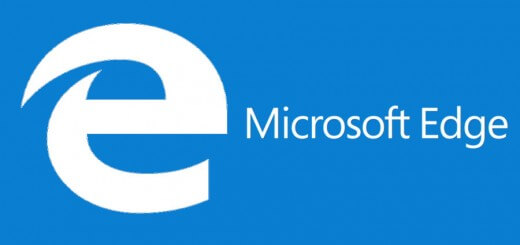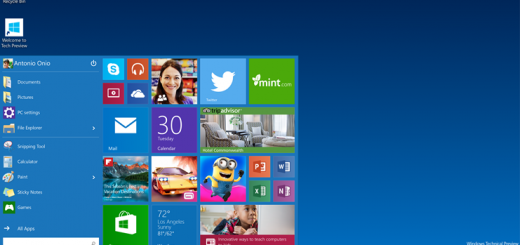Microsoft tweaks TCP stack in the Anniversary Update for Windows 10 and Windows Server 2016

TCP based communication is used ubiquitously in devices from IoT to cloud servers. Performance improvements in TCP benefit almost every networking workload. The Data Transports and Security (DTS) team in Windows and Devices Group is committed to making Windows TCP best in class. This document will describe the first wave of features in the pipeline of upcoming Windows Redstone releases.
Windows is introducing new TCP features in the Anniversary Update for Windows 10 and Windows Server 2016 releasing summer 2016. In this document we will describe five key features designed to reduce latency, improve loss resiliency and to promote better network citizenship. The goals when starting out were to decrease TCP connection setup time, increase TCP startup speed and to decrease time to recover from packet loss.
Here is a summary of the feature list:
- TCP Fast Open (TFO) for zero RTT TCP connection setup. IETF RFC 7413 [1]
- Initial Congestion Window 10 (ICW10) by default for faster TCP slow start [5]
- TCP Recent ACKnowledgment (RACK) for better loss recovery (experimental IETF draft) [4]
- Tail Loss Probe (TLP) for better Retransmit TimeOut response (experimental IETF draft) [3]
- TCP LEDBAT for background connections IETF RFC 6817 [2]
TCP Fast Open: TCP Fast Open (TFO) accomplishes zero RTT connection setup time by generating a TFO cookie during the first three-way handshake (3WH) connection setup. Subsequent connections to the same server can use the TFO cookie to connect in zero-RTT. TFO connection setup really just means that TCP can carry data in the SYN and SYN-ACK. This data can be consumed by the receiving host during the initial connection handshake. TFO is one full Round Trip Time (RTT) faster than the standard TCP setup which requires a three way-handshake. This leads to latency savings and is very relevant to short web transfers over the Internet where the average latency is on the order of 40 msec.
Transport Layer Security (TLS) over TCP using Fast Open is typically two Round Trip Times faster than a standard TLS over TCP connection setup because a client_hello can be included in the SYN packet saving an additional RTT in the TLS handshake. This savings can add up to a substantial increase in resource efficiency while using busy servers that deliver many small Internet objects to the same clients (standard web page, mobile APP data, etc.) TLS 1.3 is an ongoing effort at the IETF and it will help us achieve zero-RTT connection setup for HTTP workloads in a subsequent release.
Because we are changing the 3WH behavior of TCP there are several issues that we must address and mitigate. Windows recommends that TLS be used over TCP when employing TCP Fast Open to remove the chance that a man in the middle could manipulate TFO cookies for use in amplified DDOS attacks. TLS connections are immune to attacks from behind Shared Public IPs (NATs), however, it is still possible for a compromised host to flood spoofed SYN packets with valid cookies. To address the problem of compromised hosts Windows TFO sets a dynamically adjusted maximum limit on the number of pending TFO connection requests preventing resource exhaustion attacks from compromised hosts running malicious code. Finally, it is possible for the SYN packet to be duplicated in the network. TLS precludes such duplicate delivery but other services need to ensure that TFO is used for idempotent requests. Windows TFO is safe when used as recommended (with TLS) and can provide a substantial increase in resource efficiency.
The Anniversary Update for Windows 10 will ship with a fully compliant client side implementation enabled by default. The Microsoft Edge browser will ship with a About:Flags setting for TCP Fast Open which will be disabled by default. The eventual goal is to have it enabled by default in IE and Edge browsers in a subsequent release. In a subsequent release we plan to support early accept and to fully integrate the server side implementation with http.sys/IIS. The server side implementation will be disabled by default.
Configuration: In the Edge browser, navigate to “about:flags” or “about:config” and use checkbox for “Enable TCP Fast Open”, Netsh int tcp set global fastopen=<enabled | disabled>
More info @ Technet







